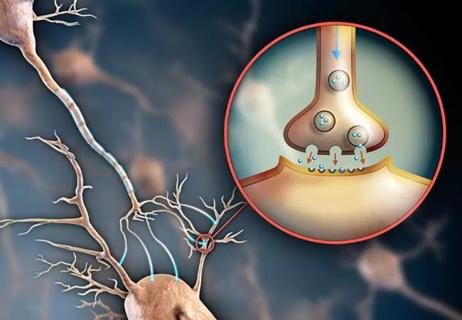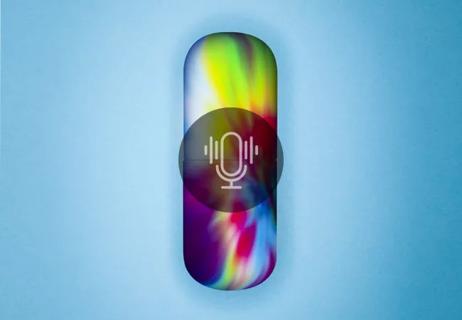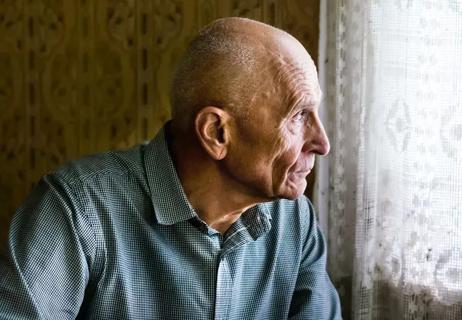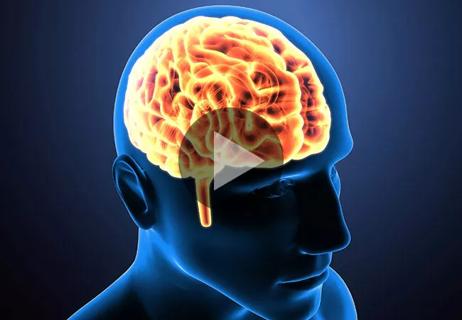Experts evaluate ketamine therapy with cautious optimism

Although it is widely agreed that ketamine holds considerable promise as a novel antidepressant agent, the rising number of clinicians offering the drug as an off-label treatment for psychiatric disorders has sparked concern. Prescriptions for ketamine – a Schedule III drug first approved by the Food and Drug Administration (FDA) as an anesthetic agent in 1970 – have seen a 5.5-fold increase since 2017.
Advertisement
Cleveland Clinic is a non-profit academic medical center. Advertising on our site helps support our mission. We do not endorse non-Cleveland Clinic products or services. Policy
Although the rapid antidepressant effects of ketamine – often observed within hours of administration – are unparalleled, experts stress the dangers of chronic misuse and poor regulatory control.
In a recent editorial published in JAMA Psychiatry, researchers led by Cleveland Clinic psychiatrist Brian Barnett, MD, discuss the growing challenges of ketamine use, particularly in patients with substance use disorders (SUDs), and explore ways to optimize patient safety.
Although ketamine's unprecedented evolution from popular anesthetic to off-label psychiatric drug has provided a lifeline for many patients with treatment-resistant depression, the authors urge mental health providers to weigh its therapeutic promise against its potential dangers.
“While most healthcare professionals who prescribe ketamine do so in a manner that prioritizes patient safety, some may be less cautious,” warns Dr. Barnett, co-director of the Psychiatric Treatment-Resistance Program at Cleveland Clinic Lutheran Hospital. “It’s imperative for clinicians to consider the risks of addiction and unintentional overdose, particularly when prescribing sublingual and intranasal formulations for at-home use.”
Despite the drug's well-known risks, Dr. Barnett notes the absence of a ketamine-specific US Food and Drug Administration (FDA) Risk Evaluation and Mitigation Strategy (REMS) program. In contrast, esketamine — a ketamine derivative FDA approved for treatment-resistant depression — is regulated under a robust REMS that serves as a model for mitigating the risks of ketamine, he says.
Advertisement
Among the program’s safeguards, the FDA permits esketamine to be administered only in REMS-certified healthcare facilities – and always in concert with mandatory patient monitoring and adverse event reporting. Underscoring the safety benefits of REMS, Dr. Barnett highlights a prospective study of 1,148 patients receiving esketamine, which revealed no reports of patients seeking, misusing or overdosing on esketamine or ketamine.
If ketamine were approved by the FDA specifically for the treatment of depression, the manufacturer likely would be forced to implement a REMS system that involves close monitoring and reporting, he explains. In the absence of such oversight, a number of healthcare companies have begun prescribing sublingual and intramuscular ketamine for at-home use, typically under the supervision of a telehealth provider.
Although this approach has opened up a convenient new treatment pathway, Dr. Barnett references several recent reports of accidental overdose in patients who have self-administered the drug.
Although the prevalence of nonmedical (recreational) ketamine use in the US is relatively low (0.3%), the authors caution that the drug’s illicit availability is growing. Dr. Barnett notes that the tragic death of actor Matthew Perry — who had a history of substance use disorder (SUD) and reportedly became addicted to ketamine after it was prescribed to treat his depression and anxiety — serves as a stark reminder of the drug’s potential dangers.
Dr. Barnett says it is incumbent on clinicians to carefully consider the antidepressant and anti-suicidal ideation effects of ketamine along with its addictive potential and limited regulatory oversight. In particular, he notes the clinical dilemma posed by treating patients with co-occurring depression and SUD.
Advertisement
Suicide rates are concerningly high among those with treatment-resistant depression and major depressive disorder with suicidal ideation. Although ketamine has been shown to reduce suicidal thoughts, it remains unclear whether this benefit translates into long-term protection against suicidal behavior, Dr. Barnett explains.
Although other approaches to treatment-resistant depression – including electroconvulsive therapy, esketamine, and transcranial magnetic stimulation – may be useful therapeutic alternatives, these approaches sometimes fail, can result in intolerable adverse effects, and may be hindered by limited availability, he says.
Dr. Barnett notes the sparsity of data regarding ketamine treatment in patients with co-occurring SUDs.
“Unfortunately, many ketamine clinical trials have either required extended abstinence or excluded patients with SUDs altogether,” he says. “This leaves us with a limited understanding of which SUDs pose the greatest risk of ketamine misuse and which patients might be most vulnerable to relapse during ketamine treatment.”
Given this lack of data, Dr. Barnett and his team encourage the adoption of esketamine REMS-like risk-reduction procedures when managing patients with co-occurring SUDs. The authors also urge healthcare professionals to routinely collect patient data regarding the potential misuse of ketamine. Validated instruments like the Ketamine Side Effect Tool (KSET) can help guide treatment decisions by screening patients for past substance use and prior experiences with ketamine in the acute setting, he says.
Advertisement
Although the favorable safety profile of esketamine suggests that off-label ketamine use might benefit from a similar regulatory approach, the authors acknowledge the considerable barriers to FDA- and manufacturer-led regulation efforts.
Because ketamine is routinely used to manage nonpsychiatric conditions in settings like emergency departments and operating rooms, a REMS program like the one used to manage esketamine could result in undue administrative burdens, they explain.
“Additionally, since ketamine is a low-cost generic drug, the financial burden of operating a REMS program could push some manufacturers to exit the market and further exacerbate the ongoing ketamine shortage,” Dr. Barnett cautions.
Dr. Barnett and his coauthors stress the need for further studies to assess the safety and efficacy of ketamine in patients with co-occurring depression and SUDs, noting that the drug’s proclivity for misuse underscores the need for closer collaboration between psychiatric and addiction researchers.
In addition, het endorses the creation of a federally funded patient registry designed to track adverse events and long-term outcomes, including predictors of misuse, in patients taking the drug.
“There’s no question that ketamine is an important emerging mental health treatment, but its risks demand a more regulated approach that employs stronger clinical safeguards, enhanced data collection and more comprehensive therapeutic guidelines,” Dr. Barnett says. “As the drug emerges as a viable option for managing treatment-resistant depression, it is essential that providers appreciate its potentially addictive effects, particularly against the backdrop of the ongoing opioid overdose crisis.”
Advertisement
Advertisement

Study reveals viable alternative for patients with refractory disease

Study shows a growing openness to the clinical potential of psychedelic treatments

Finding changes the treatment landscape of psychiatric illness

Growing public interest in hallucinogens highlights their therapeutic promise and potential perils

Multidisciplinary approach starts with early and regular screenings

Research shows promise for use in therapeutic settings to manage depression, PTSD, anxiety and more

Formal assessment aimed at unmasking psychological distress following PE treatment

Multivariable models help estimate risk of postoperative declines in cognition and mood